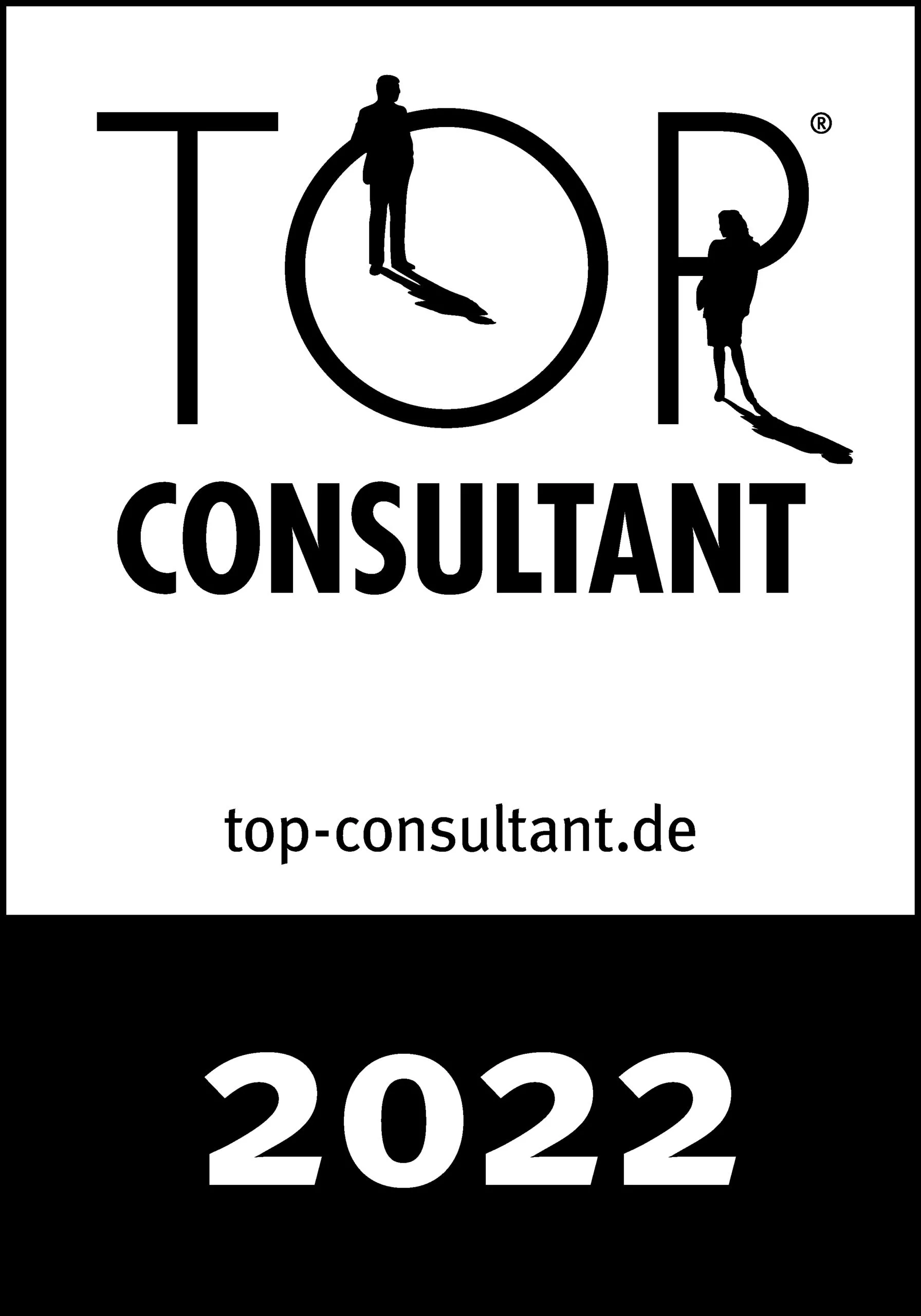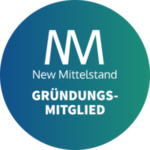You can download the OKR Primer Whitepapere here:
Objectives and Key Results
OKRs, short for “Objectives and Key Results” are a strategic management framework, used to translate an organization’s strategy into short-term, measurable goals. The core principle behind OKRs is that “goals should lead people” in contrast to “managers should lead people”.
“The key result has to be measurable. But at the end you can look, and without any arguments: Did I do that or did I not do it? Yes? No? Simple. No judgments in it.”
Andy Grove, former Intel CEO and inventor of OKR
As an employee at Intel, John Doerr learned about OKRs and as an early investor in Google, brought the concept into a very early, not-yet well-structured company set-up which helped the founders and the early employee to focus, to constantly adopt and to manage growth in a controlled way. OKRs have been spreading fast since then. First adoption took place in Silicon Valley, but today’s tech companies from all over the world as well as corporates are using this goal setting framework, like BMW or Siemens.
If rolled-out and applied in the right way, OKRs have the power to translate strategy of a company into measurable focused goals for teams, increase alignment and transparency and support a digital, more agile culture.
In practice: An OKR example
OKRs consist of a limited set of short, precise goals (read: short sentence) each being measured through a set of well-defined key results which are unambiguously and objectively measurable. Many organizations confine themselves to a set of 3-5 objectives with each of them having between 2-4 Key Results. In the simple example beneath, some of the key characteristics of good OKRs are outlined. OKRs are always formulated in simple, precise language such that everyone who is an “informed insider” can easily understand what is behind it.

How OKRs are used for strategy implementation
OKRs are not taken out of thin air but are based on a well-defined strategy or other reference points as KPIs. While strategy is typically defined for a time horizon of more than 18 months, OKRs are often defined for 3-months cycles Teams in an organization start with strategy and reflect on the goals most relevant for their work. Based on that, they can derive relevant objectives and how to prioritize them. By regularly doing this, organizations create a highly agile goal-setting cycle which does not only drive the top-down strategy but also use the defined OKRs as a feedback mechanism for the next strategy cycle. Teams constantly iterate on priorities, align on objectives and deliverables, and measure progress. While doing that, OKRs are not designed to be a performance management system. Instead they shall encourage teams to set ambitious goals and drive forward in what they believe is right. Through this mechanism, strategy turns from a linear top-down goal-setting process into something that an organization really works with, across departments and hierarchy.

The benefits of OKRs
While companies have different expectations of introducing OKRs, there are five core benefits that can be often be realized:
- OKRs translate strategy into measurable, focused goals
- OKRs create a regular feedback loop on strategy.
- OKRs create transparency on actual results – well-defined OKRs allow for progress tracking, adjustment, and re-prioritization. OKRs are usually transparent, meaning everyone can see the objectives and key results of all other teams.
- OKRs discipline thinking and communication – OKRs create a common language for goal setting in an organization. The number of OKRs is limited and the language is simple.
- OKRs have the power to transform mindsets into a more digital, agile culture – OKRs do not have the ambition to perfectly cascade goals but to emphasize top priorities and actions.
The extent to which these key benefits can be realized depends on the openness and curiosity of leadership and teams to try out new things and adopt the OKR system to individual needs.
Introducing OKRs
The introduction of OKRs may seem difficult at first. Most organizations already have well-established strategic goal-setting frameworks, management systems and processes. On the other hand, leadership teams often seek the benefits described above. An important step before taking action is to reflect on the individual ambition and commitment of a leadership team to introduce an OKR system. The single biggest reason for success (and failure) of OKR introductions is the support and participation of top management in the process.
To start an introduction through a pilot is often the right approach – e.g. through a selection of initial teams with differing scope and ways of working. There is no “One-size- fits-all” OKR system but the way of defining, aligning, and updating on OKRs will be developed during the first one or two pilot cycles. The learnings from this phase can be used to define a scalable approach which may then be rolled out to further teams.
AUTHOR
Stefan Benndorf, Founding Partner of scaleon GmbH






